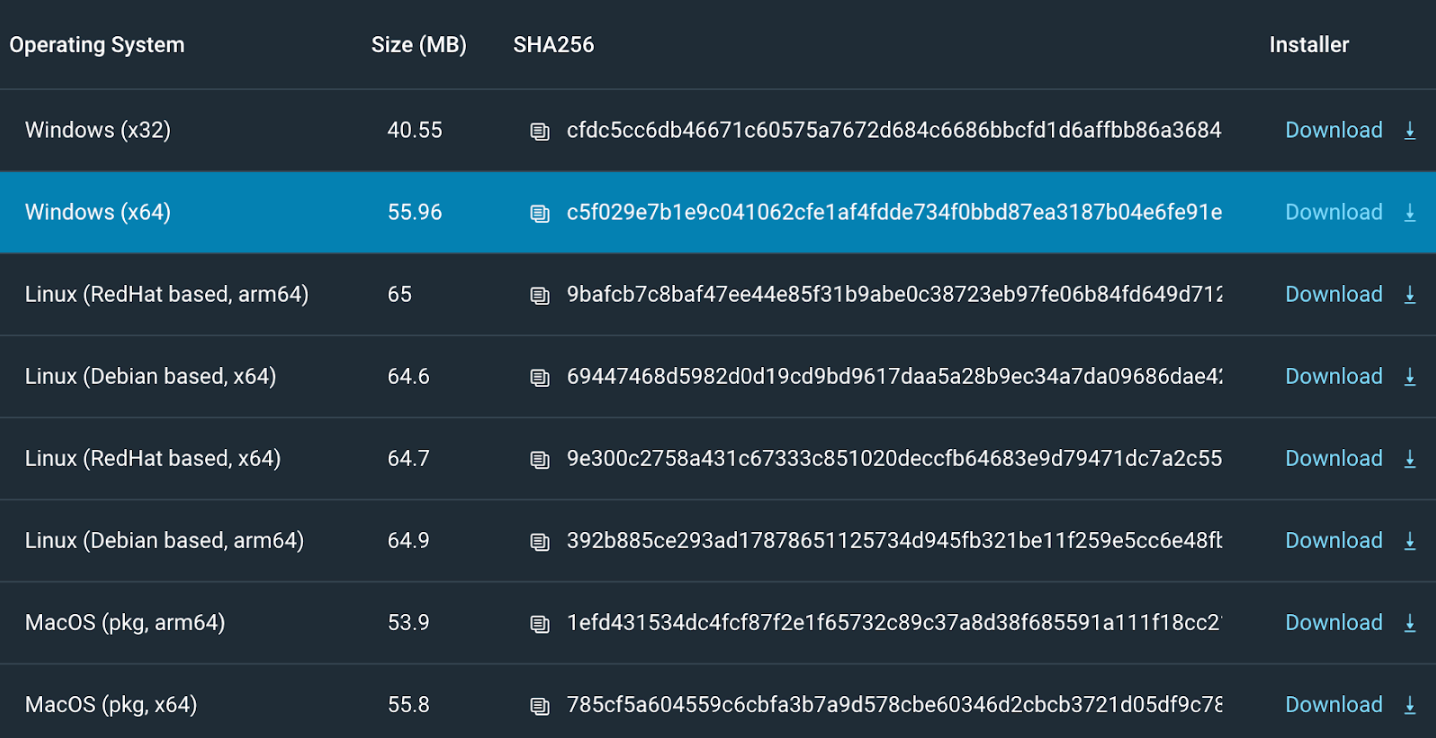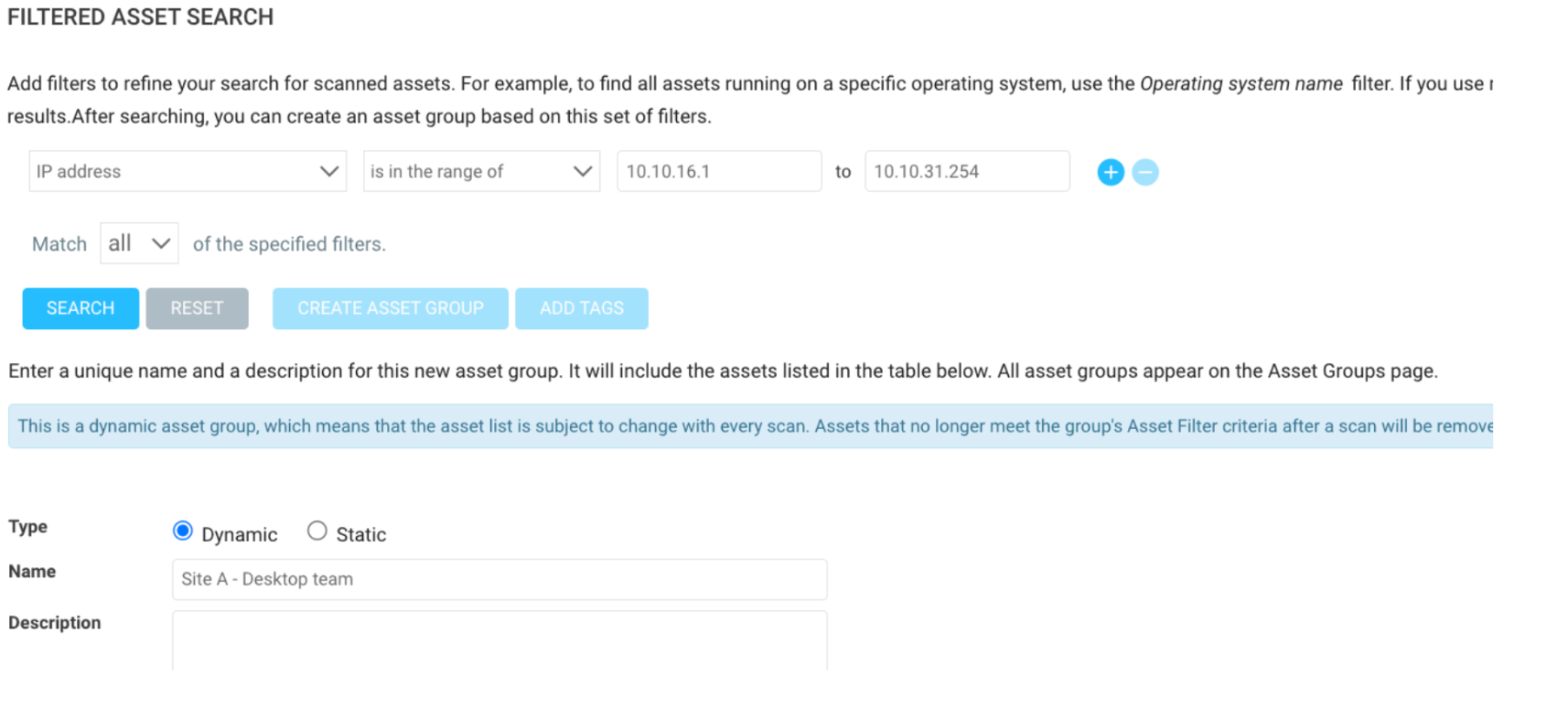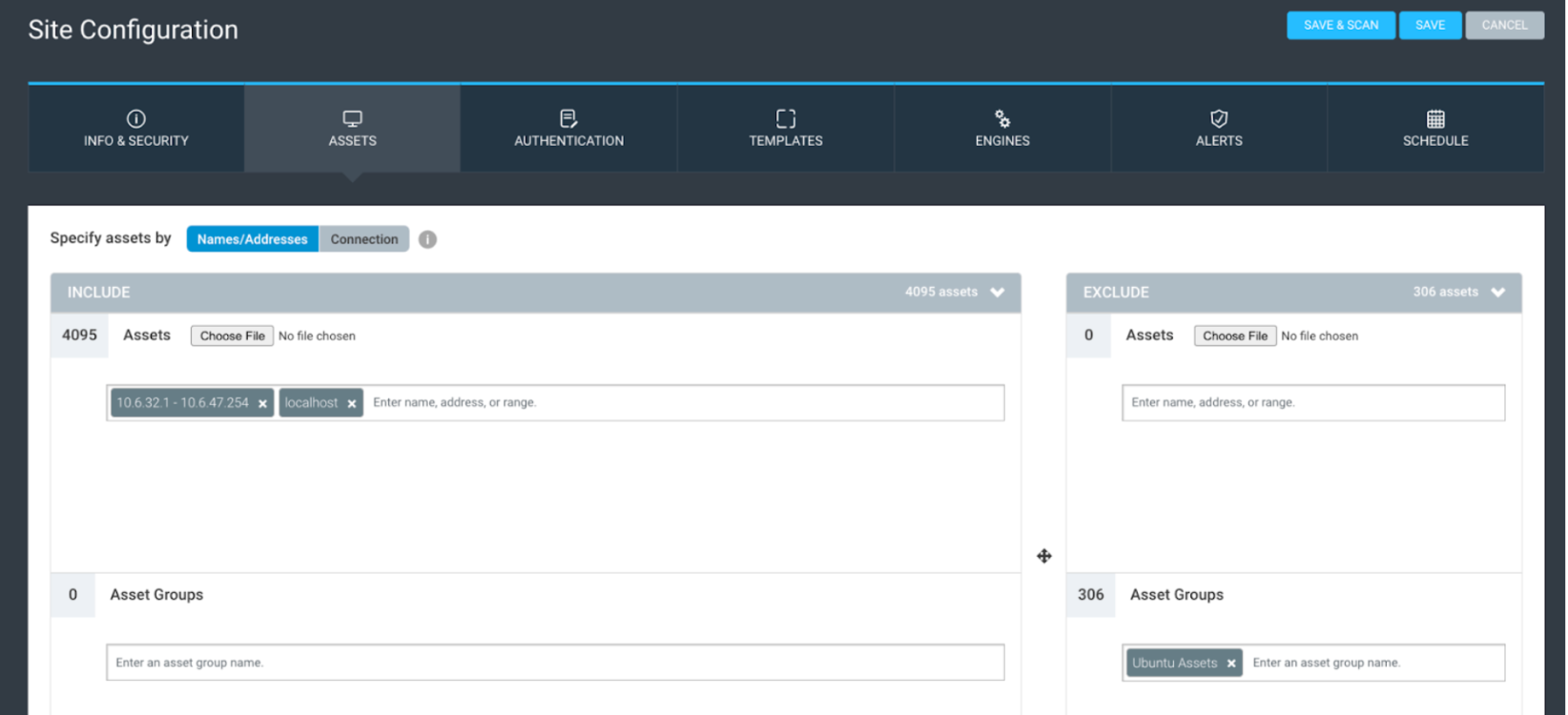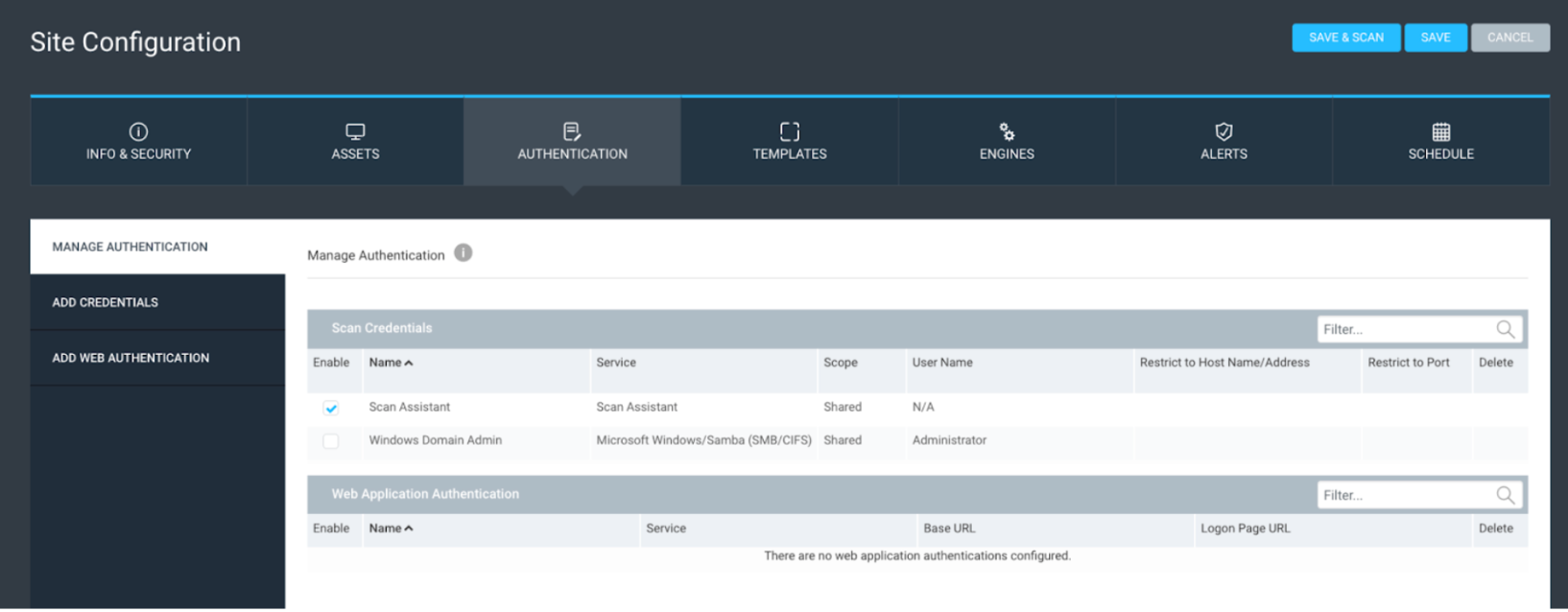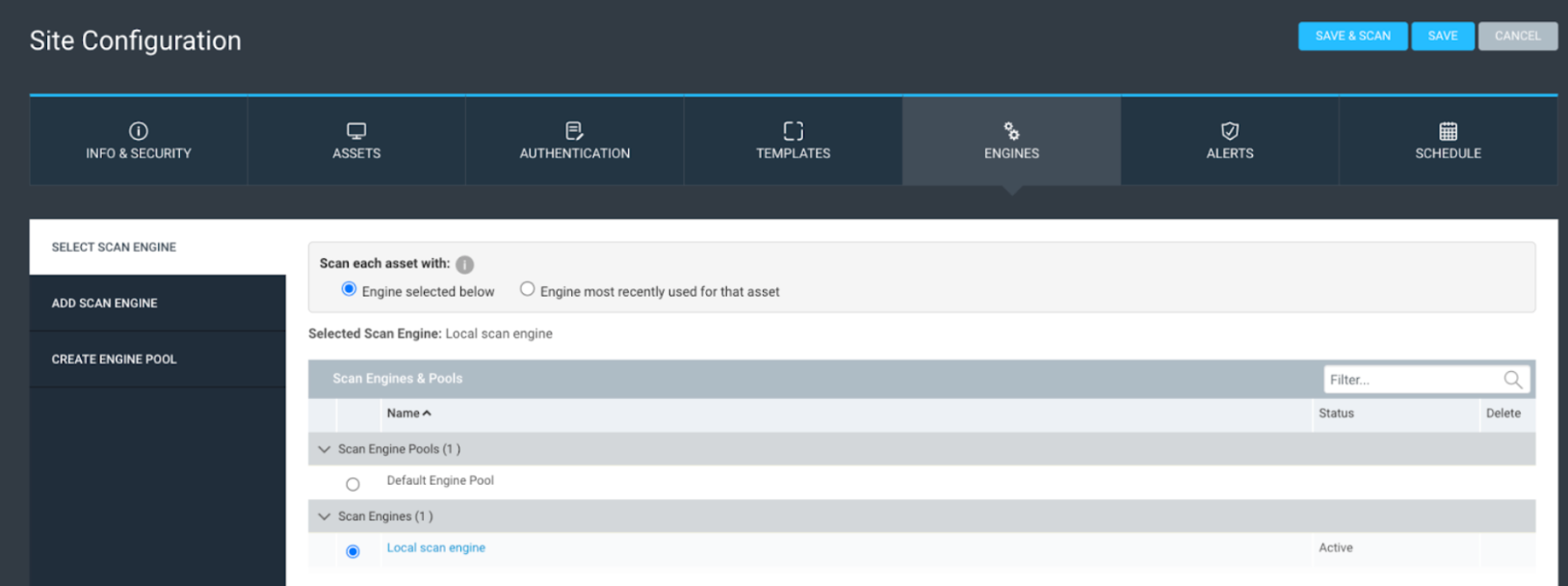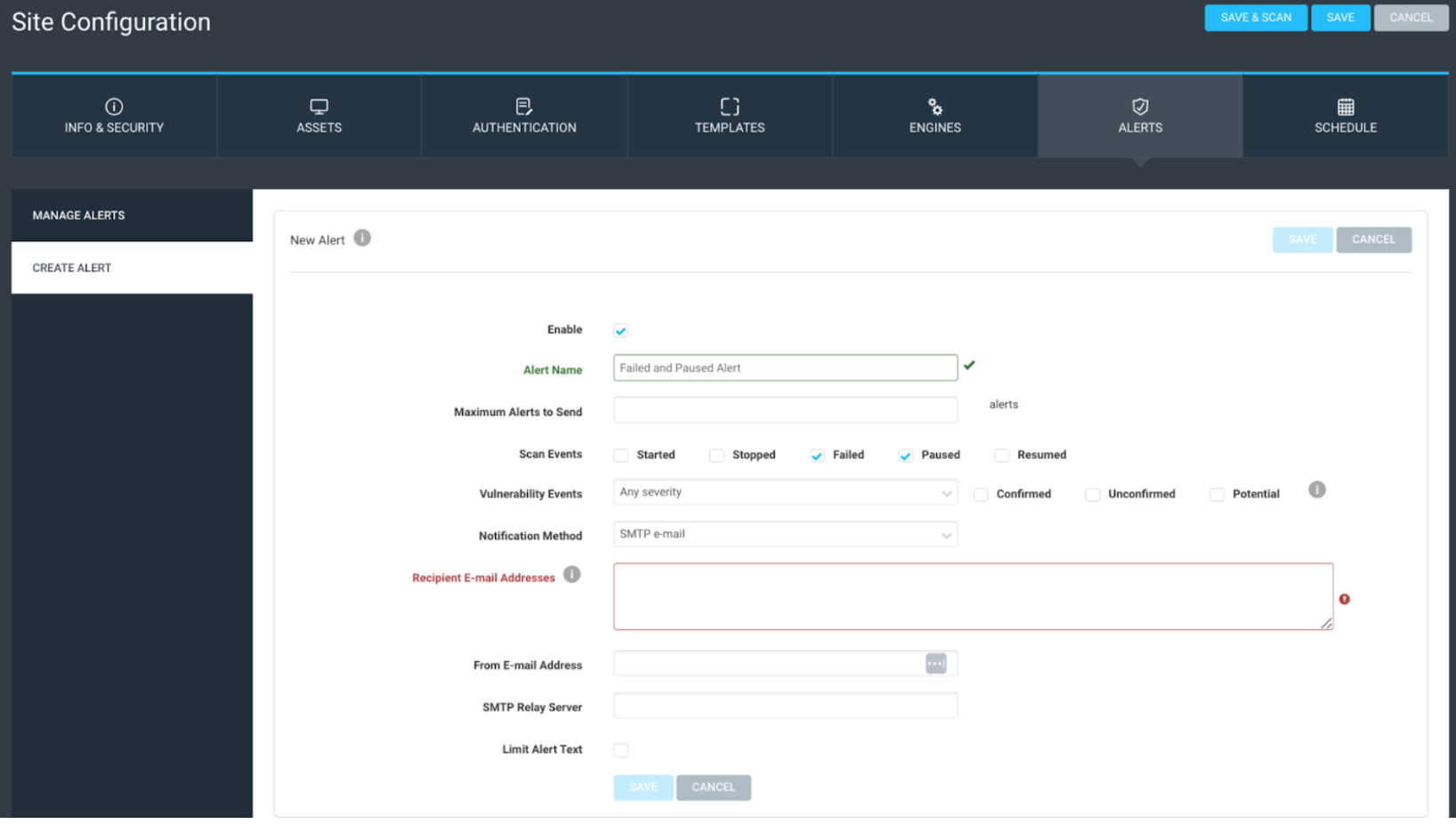
This quarter we continued to make investments that provide security professionals with a holistic, actionable view of their entire attack surface. In Q2, we focused on enhancing visualization, prioritization, and integration capabilities across our key products and services. Below we’ve highlighted key releases and updates from the quarter across Rapid7 products and services—including InsightCloudSec, InsightVM, InsightIDR, Managed Detection and Response, and Rapid7 Labs.
Rapid7 acquires Noble to deliver comprehensive visibility and command of your attack surface
Rapid7 has acquired Noble, a leading provider of continuous cyber asset inventory, visibility, and management. This acquisition further enhances our ability to provide customers with the necessary control to monitor and manage exposures across their entire attack surface - from endpoint to cloud - with confidence. Visit our announcement overview page to learn more and stay tuned for additional details coming this summer.
Anticipate imminent threats from endpoint to cloud
Uncover multiple paths to risky compromised resources across cloud environments
We continue to enhance Attack Path Analysis in InsightCloudSec, most recently adding a new visualization that shows all of the various paths to a potentially compromised resource, providing a better understanding of the potential blast radius of an attack. We’ve also added the ability to export Attack Path graphs as a PDF, JPG, PNG, or SVG for easy sharing with additional stakeholders.
Automatically prioritize the most at-risk resources based on Layered Context
Layered Context provides insight into the riskiest resources running across cloud environments by taking into account a variety of risk signals from vulnerabilities to identity-related risk and public accessibility. This context makes it easier for security teams to effectively and efficiently prioritize cloud risk remediation efforts.
We recently released the following updates to Layered context:
- Automatic prioritization of riskiest resources by taking into account the presence of toxic combinations to assign a relative risk score to all cloud resources.
- A new risk tab, located on the Resource Details panel, that details all the risks impacting a resource in one view, transparently and efficiently diagnosing what is risky and why.
Access agent-based policy assessment results with InsightVM’s Bulk Export API.
Agent-based policy assessment is used to conduct configuration assessments of IT assets against widely used industry benchmarks or custom internal policies. Now customers can use the new Bulk Export API to export the policy assessment results data to their business intelligence tools and build custom visualizations and workflows that meet their reporting needs. Additionally, this API allows for efficient request and download of large data sets directly from the Insight Platform, avoiding unnecessary load on the Security Console and giving greater flexibility in handling the high volume of data that policy assessments produce.
Insight Agent support for ARM-based Windows 11 devices in InsightVM
Take advantage of the ARM processor chip’s great performance and low power requirements while maintaining agent-based visibility and assessment of remote assets within InsightVM. We also released enhanced vulnerability coverage for Windows 11 to provide customers with even higher quality, accurate vulnerability content.
Pinpoint critical signals of an attack and act confidently against threats
Rapid7 AI Engine extended to include Generative AI, driving improved MDR efficiency
Enhancements to the Rapid7 AI Engine have brought new Generative AI capabilities to the Rapid7 SOC, improving the efficacy and efficiency of our MDR services. These new additions include:
- The new SOC Assistant that guides our internal SOC and MDR analysts through complex investigations and streamlines response workflows by querying sources like the Rapid7 MDR Handbook, keeping our analysts a step ahead.
- The ability to automatically generate incident reports once investigations are closed out, streamlining a typically manual and time-intensive process. Every report that is generated by the Rapid7 AI Engine is reviewed and enhanced as needed by our SOC teams, making certain every data point is accurate and actionable.
Stop attacks before they begin with Rapid7’s patented Ransomware Prevention
Rapid7’s patented, preemptive Ransomware Prevention technology focuses on disrupting the evasive behaviors that ransomware and other forms of malware leverage, preventing both known and unknown (zero-day) attacks before they start. Coexisting alongside NGAV, EDR, and EPP solutions, Ransomware Prevention:
- Provides an additional layer of protection on the endpoint focused on mitigating the risk associated with ransomware by using proprietary Data Encryption detection and response technology.
- Focuses on the inner techniques that malicious and evasive attacks employ and embed in processes (instead of passively looking for patterns and analyzing processes and behaviors on runtime or post-execution), manipulating their logic so that they refrain from execution.
Monitor Crowdstrike Falcon EDR alerts within InsightIDR for streamlined alert triage
Simplify operations and optimize resource allocation by further integrating third party endpoint detection and response solutions with Rapid7. Managed Detection and Response customers can integrate CrowdStrike Falcon Endpoint with InsightIDR and leverage Rapid7’s highly skilled and experienced MDR SOC to help triage incoming alerts.
A growing library of actionable detections in InsightIDR
In Q2 2024 we added over 750 new detection rules. See them in-product or visit the Detection Library for descriptions and recommendations.
The latest in cybersecurity trends and research
New research from Rapid7 Labs: The 2024 Attack Intelligence Report
Since 2020, Rapid7 has tracked huge increases in zero-day exploits, ransomware attacks, mass compromise incidents, and evolutions in attacker behavior. In our 2024 Attack Intelligence Report, Rapid7 Labs analyzed 14 months of attacker behavior and marquee vulnerabilities and provides expert analysis and practical guidance for security professionals.
Dive into key findings—like how 36% of the widely exploited vulnerabilities Rapid7 tracked involved network edge technology—in the report here.
Take Command: Global security leaders, hands-on practitioners, and top researchers weigh in on the latest cybersecurity trends
In May we partnered with AWS for our Take Command 2024 Cybersecurity Summit, where we took a deep dive into new attack intelligence technologies like AI that are disrupting the threat landscape, macro influences on SOC teams, MDR services to build cyber resilience, and more. The sessions deliver clear guidance to zero in on threats and proactively prevent breaches—check them out on demand here.
Stay tuned for more!
As always, we’re continuing to work on exciting product enhancements and releases throughout the year. Keep an eye on our blog and release notes as we continue to highlight the latest in product and service investments at Rapid7.


